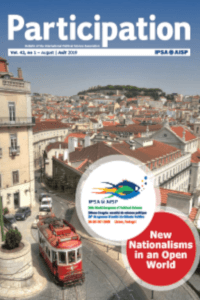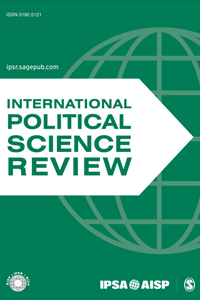As we revisit the height of a global pandemic, the public becomes closer to visuality through various forms of media, virtual engagement, and web networking platforms. People have resorted to conforming to the “new visual” and “mediated reality” as part of measures to contain the spread of the virus and prioritize public health security. These new platforms have subsequently sparked political debates and discussions that have stirred socio-political issues within the context of the global majority. To mention a few: the #MilkTeaAlliance between Taiwan, Thailand, and Hong Kong, the Thai Youth Protest in 2020, Japan's Mask Culture and Politico-Fashion Statements, the Military Coup and Civil Disobedience in Myanmar, South Korea's Digital Art and Pop Culture, and the Pink Revolution and Elections in the Philippines. The intersections between visuality and creativity with politics were emphasized during the peak of the crisis, where people were left with limited channels to express dissent against autocracy, hegemonic powers, and authoritarian nostalgia.
This panel welcomes academics, practitioners, and researchers who work on the Global Majority with a particular focus on methods, theory, and practice in visual politics. We encourage contributions that examine visual politics in the global majority, with attention to topics such as autocracy and democracy, hegemony and global superpowers, and authoritarian regimes. We also welcome works in the context of the pandemic and beyond that explore visual politics within themes such as (but not limited to): technological development; narratives, discourses, and worldviews; peace and conflict; foreign policy and diplomacy; democracy, civil disobedience, and civil rights; public health; affects and emotions; identity politics; nationalisms; creative industries, soft power, and public policy; creative perspectives, agenda-setting, and public policy; and visual politics as deliberation, political analysis, and policy analysis.











